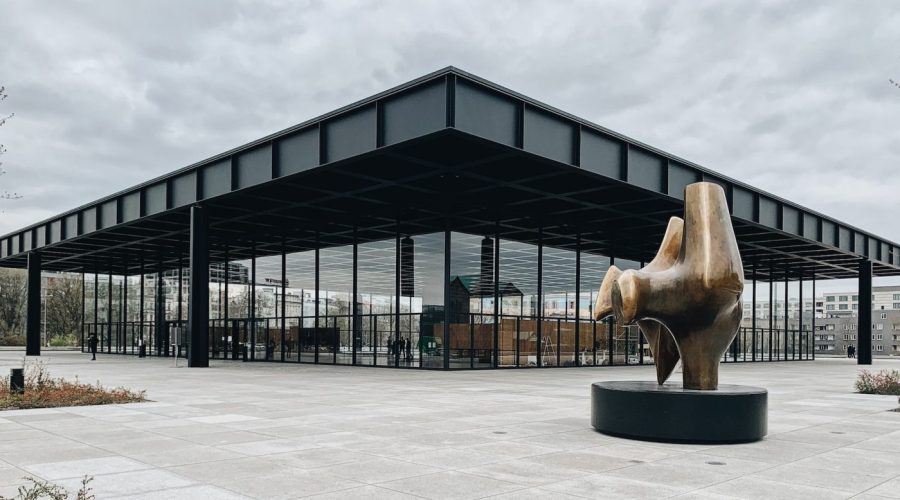What was the purpose and significance of the Sachsenhausen Concentration Camp near Berlin?
The Sachsenhausen Concentration Camp was one of the saddest places of the imprisonment and persecution of those who were not considered desirable by the Nazi regime in the dark period of German National Socialism. The Sachsenhausen Concentration Camp: History, Purpose, and Significance – This blog post explores the Sachsenhausen Concentration Camp’s history, purpose, and meaning in this tragic part of human history.
The History of Sachsenhausen Concentration Camp
The Nazi Sachsenhausen Concentration Camp was located just outside of the city of Berlin in 1936. The camp was to start as a place to incarcerate those deemed political prisoners but was used to incarcerate people simply by virtue of their race, religion, sexuality, and so on.
Life in Sachsenhausen
There prevailed conditions in the camp of the most cruel physical and psychological abuse, the prisoners being subjected to forced labor and malnutrition. Living day to day, with fear, misery and uncertainty, in the lives of the prisoners.
Notable Tragedies and Events
But during its existence, Sachsenhausen saw many tragedies and acts of atrocity happen. An infamous waste of space within the camp for brutal executions and of medical experiments on prisoners was ‘Station Z’.
The Purpose of Sachsenhausen
The main task of the Sachsenhausen Concentration Camp was suppression of dissidence and opposition, incarbraating people thought to be enemies of the Nazi regime. It was also a model for other concentration camps that would follow. The design of Sachsenhausen was to cause fear, and to dissuade possible resistance.
Political Imprisonment
Firstly, Sachsenhausen was set up to intern political opponents of the Nazis, socialists, communists, trade unionists and anyone who was critical of the regime. Within its confines, many prominent politicians, artists and scholars had suffered unspeakable suffering.
Persecution of Other Groups
Sachsenhausen started to imprison and persecute other targeted groups as the Nazis stepped up their power. This included Jews, homosexuals, Romani people, Jehovah’s Witnesses and ‘asocial’ individuals, as designated by the regime.
The Significance of Sachsenhausen
Sachsenhausen Concentration Camp is a chilling reminder that Holocaust and World War II atrocities took place. As a memorial site, visitors can visit this period and pay their respect to the victims.
Historical Education
By preserving Sachsenhausen as a memorial and museum, future generations are given the chance to learn and remember those crimes of the Nazi regime, in order to promote tolerance and prevent the recurrence of such atrocities.
Memorialization and Remembrance
The visit to Sachsenhausen is emotionally overwhelming, but it serves as an experience to do what needs to be done and remembered. And it is a place for reflection, for visitors to think about how unchecked prejudice, hate, leads to a broken world.
Visiting Sachsenhausen
If you are going to visit Sachsenhausen Concentration Camp a little note, practical tips.
If possible, check the opening hours and book in advance your tickets.
If you want a more informed experience, then you might consider joining a tour.
Take comfortable clothing and shoes as there is lots of walking around the site.
Visiting is to be respectful with a solemn demeanor.
By visiting Sachsenhausen you help the memorial to keep its memory of the victims alive and to avoid that history is forgotten.
Conclusion
A testimony to the horrors and inhumanity of the Nazi regime, Sachenhausen Concentration Camp near Berlin was a landmark for the place. In order to remember the victims and avert a repetition of such atrocities it is important to understand the history, purpose and significance of the Nazi bookburning. Visiting and learning about Sachsenhausen shows respect for the people who suffered, and strive for more just and more tolerant world.
Table of Contents



